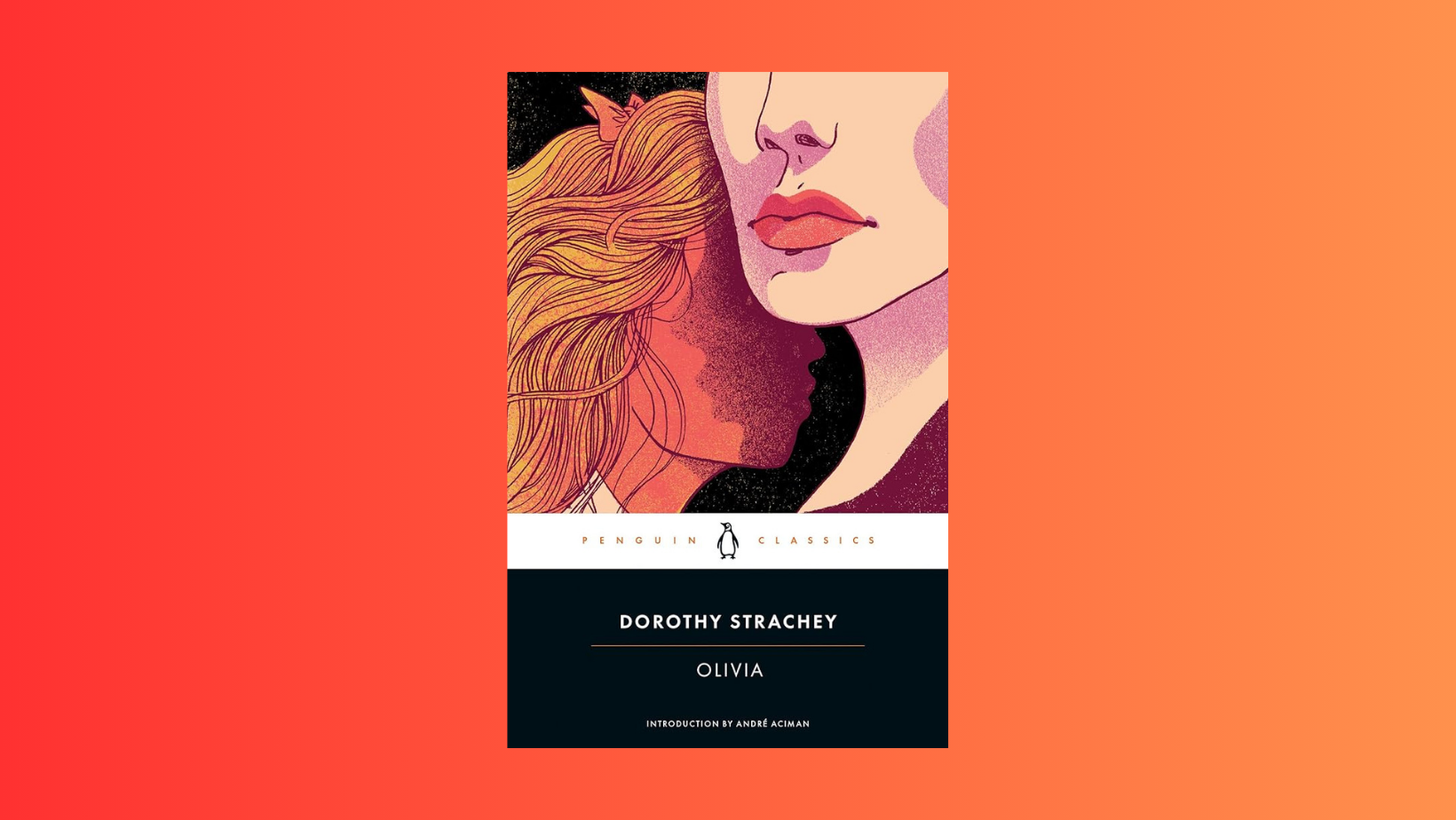When thinking about the great works of pre-Stonewall sapphic literature, a few titles come to mind. There’s the Patricia Highsmith classic The Price of Salt, from which we got Carol, there’s Rubyfruit Jungle, there’s of course The Well of Loneliness, Gertrude Stein’s body of work, Ann Allen Shockley’s Loving Her, and Nobuka Yoshiya’s proto-shōjo manga stories of school girls in love.
But if we’re talking about classic lesbian fiction, there’s one curious, slim volume that can’t be left out. You might not have heard of Dorothy Strachey’s Olivia, a 1949 novel of life at a girls’ school, but you’ve definitely felt the book’s influence elsewhere.
When Olivia, a British girl, is shipped off to France to attend a prestigious finishing school, she promptly falls in love with her headmistress, the worldly and mysterious Miss Julie. Miss Julie takes Olivia under her wing, showing her around Paris and opening her mind to a world of art and ideas. But as Olivia’s feelings intensify, she starts to see that her beloved teacher is already involved in a tortured love affair with another teacher at the school, Miss Cara. Like the pioneering gay film Madchen in Uniform, Olivia is a heartbreaking tale of first love, a coming-of-age story tinted by grief, repression, and the wonder of exploration.
RelatedThe origin of the tragic ending in lesbian literature can be traced back to an unlikely source: the United States Postal Service.
Culture, unfiltered
Twice a week, our newsletter will bring you the pulse of queer culture, from the tastemakers to the groundbreakers.
Strachey completed the manuscript in the 1930s, but it wasn’t until 1949 that she published the novel under a pseudonym. Known primarily as the English translator of gay French novelist André Gide, as well as his close personal friend, Strachey grew up amidst the famous Bloomsbury literary circle. Her brothers were Lytton Strachey and James Strachey, themselves bisexual writers and translators. “The Strachey family may have been established and entrenched snobs,” gay writer Andre Aciman notes in his introduction to the Penguin edition of Olivia, “but they were also open-minded and, in many ways, unusually modern. Why the novel’s lesbian content might have induced her to seek anonymity remains an unsolved mystery.”
RelatedYou can never read too many queer women authors!
It was Strachey’s own experience at the private French girls’ school Les Ruches—which includes amongst its alumni the famous sapphic Eleanor Roosevelt, as well as the society lesbian Natalie Barney—that planted the seed of Olivia. Whether Strachey fell in love with fellow classmates or the school’s founder Marie Souvestre—a friend of Strachey’s mother, and allegedly also a lesbian—remains unclear, but we know that the experience shaped her, and would come to beautiful, heartbreaking life in Strachey’s 1949 roman-à-clef.
“Neither Olivia nor Mlle Julie misreads the other’s impulses, and their signals, though frequently couched and oblique, are seldom lost on the other,” writes Aciman of the novel’s strange power. “The classical model here is all about silence and retention…Everything is withheld and yet all is unavoidably transparent.”
It was Olivia, in fact, that inspired Aciman’s own famous work of gay longing, 2007’s Call Me By Your Name, later adapted into the 2017 Luca Guadagnino film starring Timothée Chalamet and that other one.
“I read Olivia many, many times,” wrote Aciman in a 2018 GQ blurb, “and consider it the inspiration for Call Me by Your Name.” It’s easy to see where Aciman was inspired by Olivia’s painfully passionate story. In Olivia’s tormented, all-consuming fantasies we can find the beginnings of Elio’s desire for Oliver, the older man he can’t stop thinking about.
Dorothy Strachey–now known as Dorothy Bussy, after her marriage to the painter Simon Bussy—didn’t see Olivia in print until she was in her 80s. The book has always had a small, dedicated following, but in recent years it’s become more relevant than ever. For those who love tales of first love, heartbreak, and queer longing, this is the blueprint, the sapphic starter pack, if you will.
“There was a table in front of her with a lamp on it which cast its light on her book and her face. I, sitting beside and below her, saw her illuminated and almost in profile. I looked at her for the first time as I listened. I don’t know which I did more thirstily—looked or listened,” Olivia says while Miss Julie reads Racine to her and her classmates. “It suddenly dawned on me that this was beauty—great beauty—a thing I had read of and heard of without understanding, a thing I had passed by perhaps a hundred times with careless, unseeing eyes.”
As much a novel about seeing as about being seen, Olivia is a heartbreaking story about the first loves that stoke our longing, and leave their mark on us forever.














